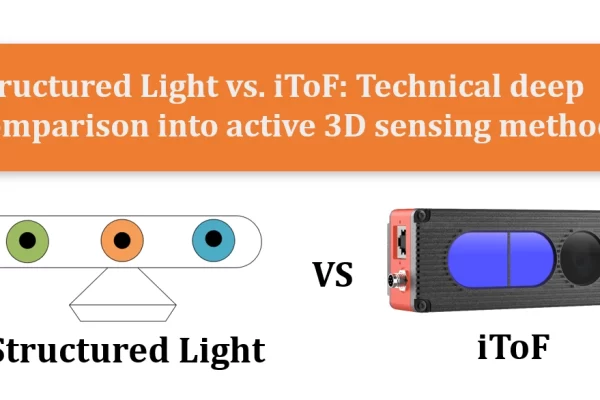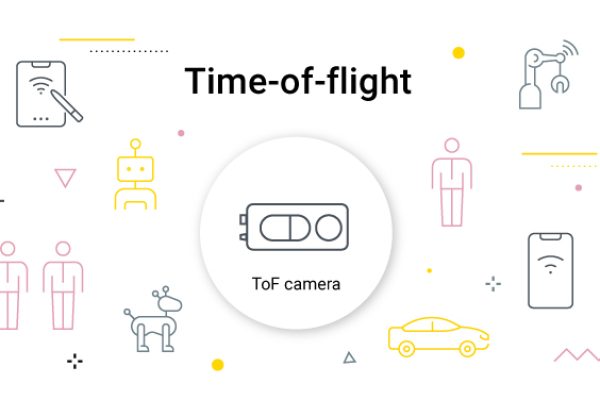In the realm of imaging technology, Time-of-Flight (ToF) cameras represent a significant advancement, offering precise depth perception capabilities that surpass traditional methods. By leveraging the principle of measuring the time it takes for light to travel to and from a subject, ToF cameras provide real-time depth information with remarkable accuracy. Unlike traditional computer vision methods, ToF cameras provide depth information at each pixel, enabling real-time 3D imaging.
Principles of the Depth Measurement of ToF:
l ToF cameras emit light (usually infrared) and measure the time it takes for the reflected light to return. The longer the time, the farther the object.
l Each pixel in the depth image encodes the distance to the corresponding point in the scene.
Advantages of ToF Cameras:
l Instantaneous Measuring: One of the primary advantages of ToF cameras lies in their ability to capture depth information instantaneously. Unlike stereo vision systems that require complex algorithms to compute depth from multiple images, ToF cameras directly measure the distance to each pixel in the image. This results in faster and more efficient depth mapping, making ToF cameras ideal for applications requiring rapid data acquisition, such as people counting systems, robotics, augmented reality (AR), and autonomous vehicles.

l Low-Light Performance: ToF works well in both low-light and bright-light conditions, as they emit their own light (usually infrared) and measure the reflected signal. This feature enhances their performance in environments where traditional cameras struggle, ensuring reliable depth sensing regardless of ambient lighting.

l Compact and Easy to Use: Compared with other systems, the time-of-flight solution is very simple and compact, comprising no moving parts and with built-in illumination placed adjacent to the lens. They are lightweight and straightforward to install.

Disadvantages of ToF Cameras:
l Accuracy: While ToF is fast and cost-effective, it may not be as accurate as other 3D imaging technologies like 3D profiling.
l Limited Range: ToF cameras have a finite measurement range.( While Vzense’s NYX Series Pulse iToF camera has achieved the Wide Dynamic Range (WDR) function through innovative technical methods, extending the possible maximum working distance of the ToF camera to over 8 meters.)

Applications of Time-of-Flight Cameras:
The versatility of ToF cameras has led to their adoption across various industries and applications. The 3D ToF camera has found widespread applications in various fields, including visual guidance, navigation and obstacle avoidance for AGVs and AMRs, automatic palletizing and depalletizing, single-item separation system in smart logistics, people counting, queue management, robot safety monitoring, and fall detection.

In conclusion, 3D Time-of-Flight technology represents a significant advancement in depth sensing and 3D imaging. Its high accuracy, reliability, and flexibility have enabled it to find widespread applications in various fields, from augmented reality and autonomous vehicles to smart devices. As the technology continues to evolve and improve, we can expect to see even more exciting applications and advancements in the future.
Thanks,
Vzense Technology















